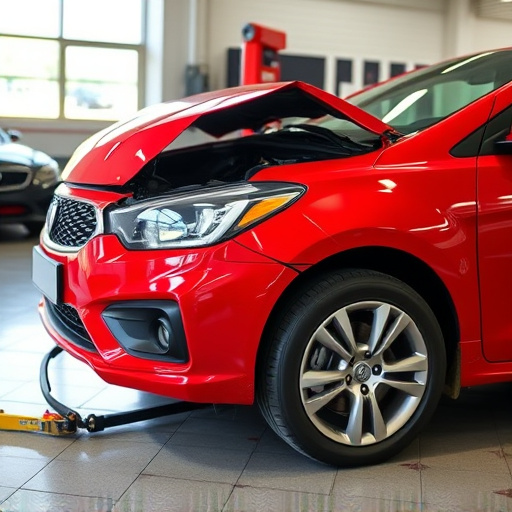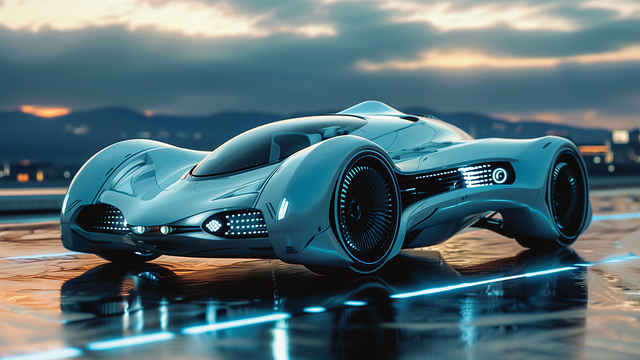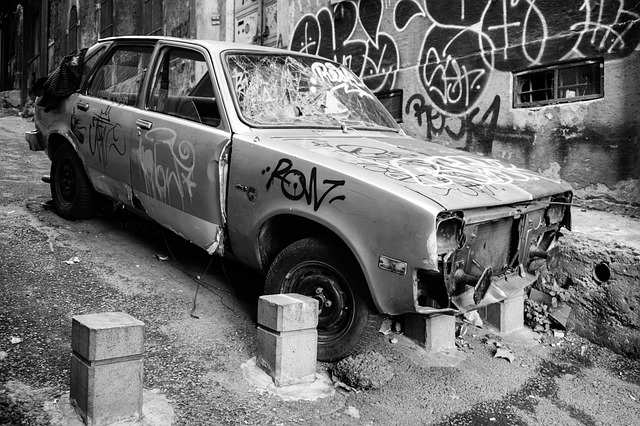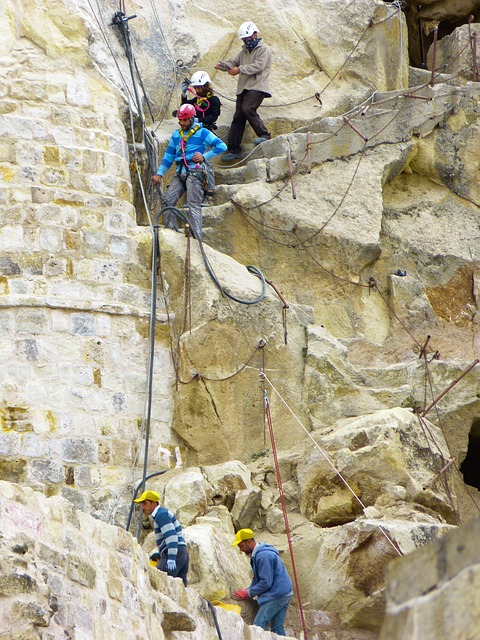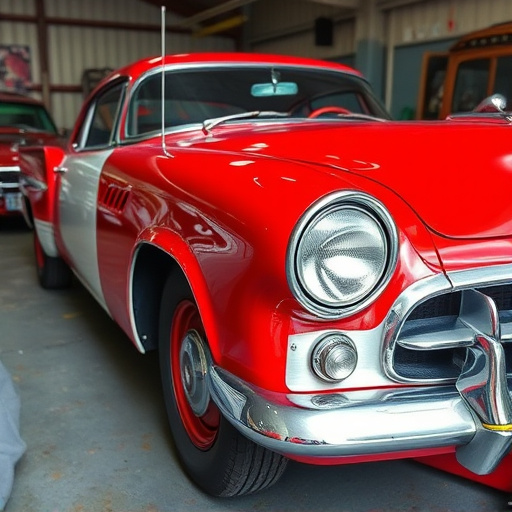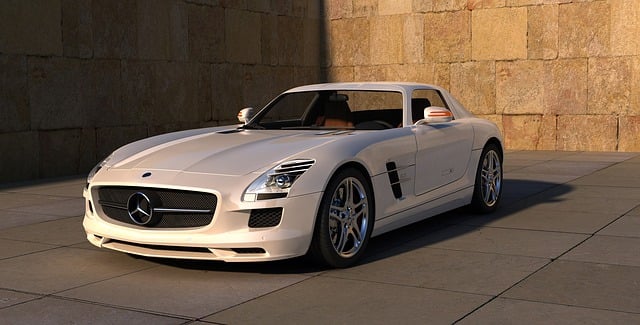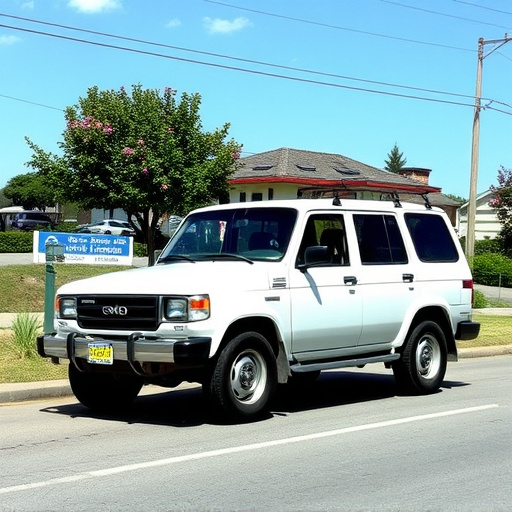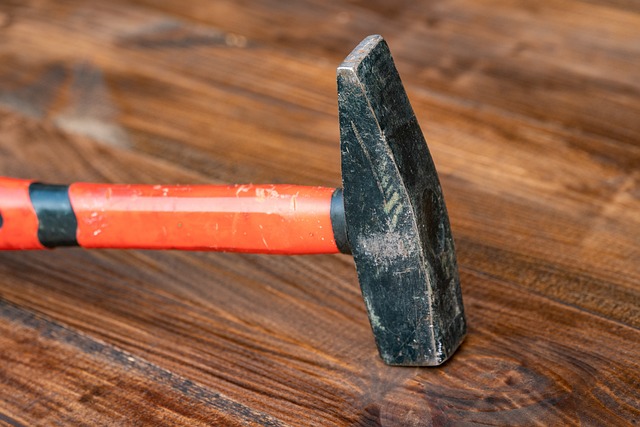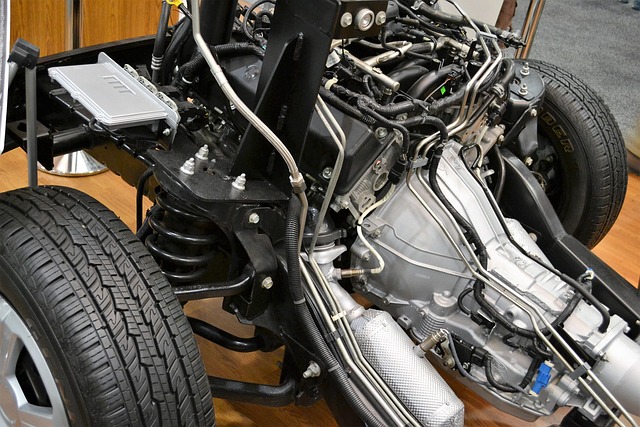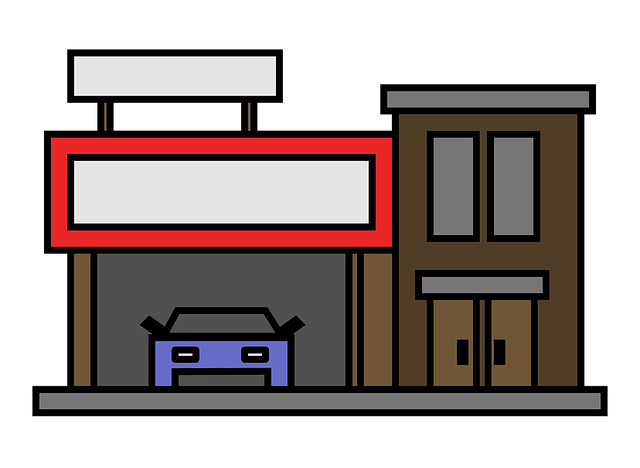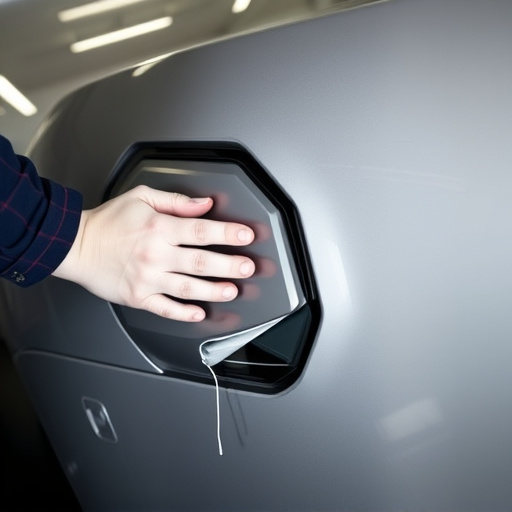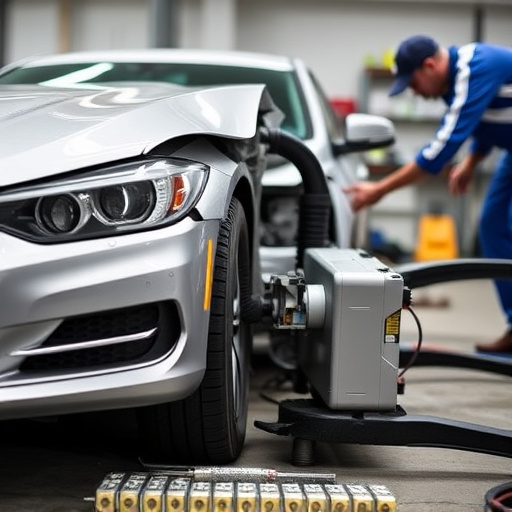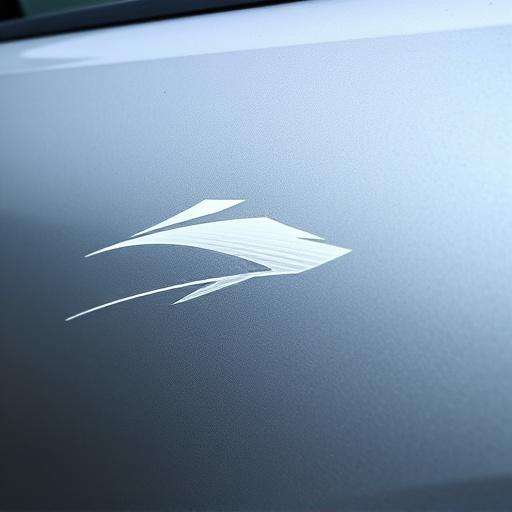PDR (Paintless Dent Repair) tailored for aluminum panels is a specialized technique used in modern vehicle manufacturing, leveraging advanced tools and techniques to minimize impact and heat. Unlike traditional methods, this method ensures long-lasting repairs while preserving the car's original finish and structural integrity, making it a game-changer in automotive collision repair. Specialized PDR tools enhance precision and efficiency, allowing professionals to achieve exceptional results in revitalizing aluminum bodies with minimal disruption, accessible for both enthusiasts and experts alike.
Introducing our comprehensive guide to revolutionizing aluminum panel restoration with Paint Damage Repair (PDR) techniques. This article explores a unique approach tailored specifically for aluminum surfaces, showcasing how specialized tools are reshaping the future of restoration. From understanding the intricacies of PDR for aluminum to mastering a step-by-step process, we delve into effective methods that promise superior results. Discover the art of repairing paint damage on aluminum panels with precision and efficiency.
- Understanding PDR for Aluminum Panels: A Unique Approach
- Specialized Tools Shaping the Future of Aluminum Restoration
- Step-by-Step Guide to Mastering PDR on Aluminum Surfaces
Understanding PDR for Aluminum Panels: A Unique Approach
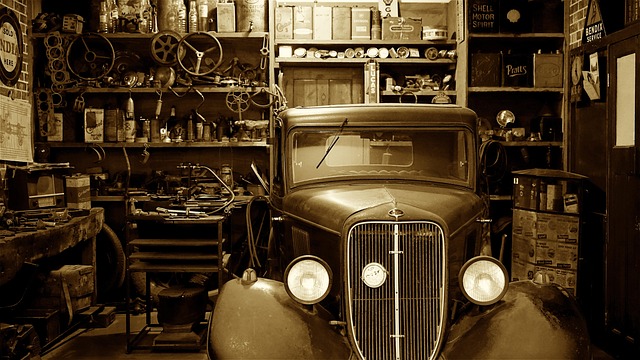
Painting Damage Repair (PDR) on aluminum panels requires a unique approach due to the distinct characteristics of this material. Unlike traditional car body repair or automotive collision repair, aluminum is not only lighter but also has a different structural composition and finish. PDR for aluminum panels involves specialized tools designed to minimize impact and heat, which can damage the delicate metal. The process leverages advanced techniques to remove dents, creases, and other imperfections without compromising the integrity or aesthetics of the panel.
This tailored method is crucial in the auto dent repair space, as aluminum is increasingly used in modern vehicle manufacturing due to its strength-to-weight ratio and corrosion resistance. By employing PDR specifically for aluminum panels, technicians can ensure that repairs are both effective and long-lasting, preserving the car’s original finish and structural soundness. This specialized knowledge and equipment make PDR a game-changer in automotive collision repair, allowing for more efficient and precise restoration of damaged aluminum components.
Specialized Tools Shaping the Future of Aluminum Restoration
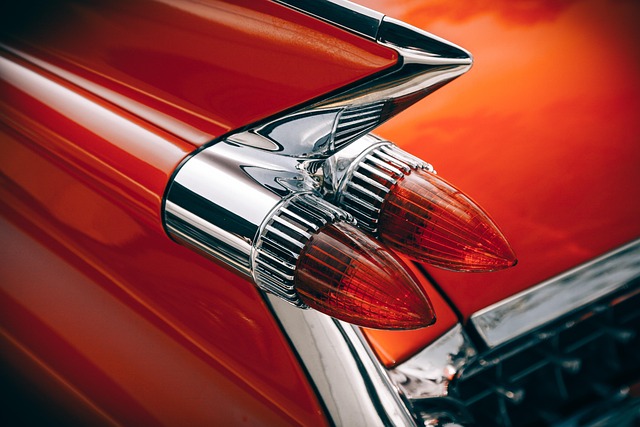
Specialized tools are revolutionizing the landscape of aluminum restoration, particularly in the realm of PDR for aluminum panels. These innovative solutions offer a modern approach to what was once considered a challenging aspect of car restoration and auto body repair. The future of vehicle body repair looks brighter with tools designed specifically for the intricate nature of aluminum panels.
Compared to traditional methods, these specialized tools enhance precision and efficiency, ensuring that every inch of the panel is meticulously restored. They cater to the unique demands of modern vehicles, where lightweight aluminum construction is prevalent. By employing these advanced tools, professionals in the industry can now achieve exceptional results, revitalizing aluminum bodies with minimal disruption or damage. This advancement in PDR techniques for aluminum panels marks a significant milestone in the field of car restoration, making it easier and more accessible for enthusiasts and professionals alike to maintain and restore vehicles to their former glory.
Step-by-Step Guide to Mastering PDR on Aluminum Surfaces
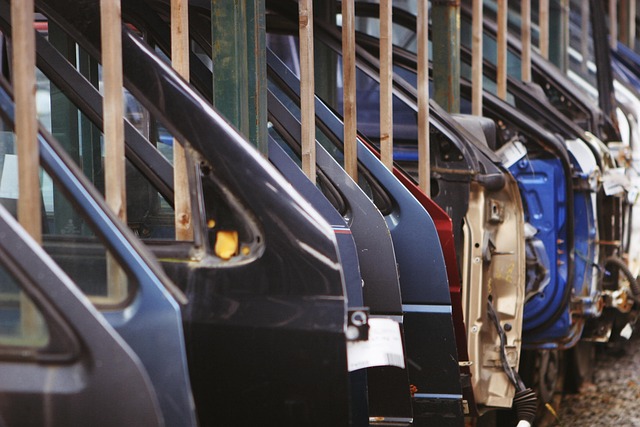
Mastering PDR (Paintless Dent Repair) on aluminum surfaces requires a structured approach and specialized tools designed for this unique metal. Here’s a step-by-step guide to help you navigate this process effectively:
1. Preparation: Begin by ensuring your workspace is clean, well-lit, and equipped with the right tools, including PDR tools specifically made for aluminum panels. Protect the surrounding area with drop cloths or tarps to prevent scratches or damage from debris.
2. Assessment: Inspect the dent carefully, taking note of its size, depth, and location on the panel. Aluminum is prone to deformation, so understanding the extent of the damage is crucial. If it’s a minor dent, you can proceed with PDR; for larger or more complex dents, consider professional auto body services for bumper repair.
3. Tool Selection: Choose the appropriate PDR tools tailored for aluminum. These may include specialized darts, picks, and mallets designed to work without causing additional damage or leaving unsightly marks.
4. Dents Removal: Using the selected tools, carefully start removing the dent by applying gentle pressure in a controlled manner. The goal is to work the dent out from behind the panel’s surface without marring it. This step demands precision and patience, especially with car collision repair involving aluminum panels.
5. Finishing Touches: Once the dent is removed, use finishing tools to smoothen the area and ensure a seamless blend with the surrounding panel. This ensures that your PDR work aligns with the vehicle’s original finish, making it nearly impossible to detect the previous damage, even in bumper repair scenarios.
PDR (Paint Damage Repair) has evolved significantly, especially in the context of aluminum panels. The specialized tools and techniques discussed here offer a promising future for aluminum restoration, ensuring faster, more efficient, and effective damage repair. By understanding the unique approach of PDR for aluminum, professionals can now master this process with enhanced precision and skill. This not only benefits auto body shops but also contributes to the longevity and aesthetic appeal of aluminum vehicles in today’s market.
